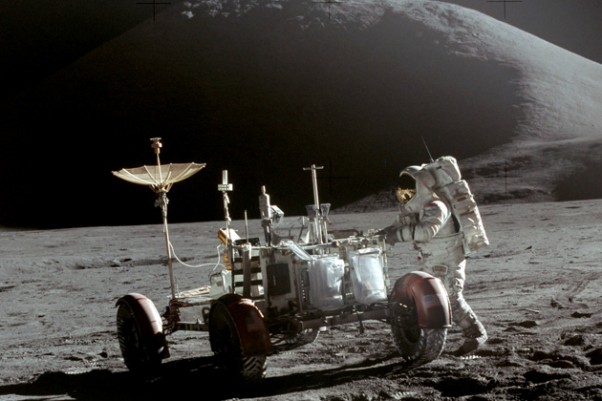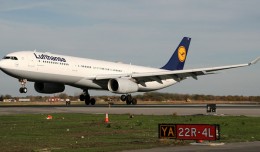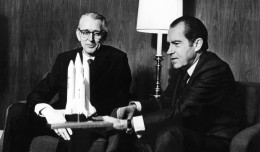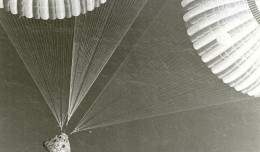2002: The Boeing 747-400ER makes its first test flight.
1997: Federal Express Flight 14, a McDonnell Douglas MD-11F flying from Anchorage to Newark, crashes while attempting to land on Newark’s Runway 22R. The plane bounced and veered to the right after initial touchdown, eventually rolling onto its back and bursting into flames. All five people onboard escape.
1992: Thai Airways Flight 311, an Airbus A310-300, registration HS-TID crashes into a mountain while attempting to land at Kathmandu (KTM), killing all 113 on board. The accident is blamed on a combination of pilot error and an inexperienced air traffic controller.
1992: China General Aviation Flight 7552, a Yakolev 42D, crashes shortly after takeoff from Nanking, killing 108 of the 126 people on board.
1991: the United States Senate passes an amendment to a military spending bill that would remove the ban that prevents women from flying combat aircraft. Secretary of Defense Dick Cheney does not oppose the change.
1984: Venezuelan commandos storm an Aeropostal DC-9 on the ground in Curacao that had been hijacked after departing Caracas three days earlier. The hijackers, a Dominican and a Haitian who had demanded money, are both killed, and all 82 passengers are released unharmed.
1973: Delta Air Lines Flight 723, a DC-9-31 aircraft (reg. N975NE) acquired in the Northeast Airlines merger a year to the day earlier, crashes on approach to Boston Logan Airport (BOS), killing all but one of the 89 people on board. The lone survivor would succumb to his burns four months later.
1972: Members of the Black Liberation Army hijack Delta Flight 842 during a flight from Detroit to Miami. The hijackers receive a $1 million ransom in exchange for the 86 hostages onboard. Later, the plane is flown to Algeria via Boston. The five hijackers are arrested in Algeria
1972: After 41 years in operation, Northeast Airlines completes its final day of service before being merged into Delta Air Lines the following day.
1971: The astronauts of Apollo 15 drive around the Moon for the first time in the Lunar Rover.
1964: Ranger 7 sends back the first ever close-up photographs of the moon, with images 1,000 times clearer than anything ever seen from earth-bound telescopes.
1948: President Harry S. Truman formally dedicates Idlewild Field, aka New York International Airport (now known as John F. Kennedy International Airport). Along with the ceremonial opening (service actually began July 9th) comes the International Air Exposition, complete with an armada of over 1,000 planes, including bombers and other military aircraft. Over 100,000 spectators drove or took special LIRR trains to Aqueduct race track, where they could take a shuttle bus to the air field to view what is said to have been the greatest display of U.S. air power ever displayed up until that time. (See video of the aerial parade)
1944: Antoine de Saint-Exupéry, French aviation pioneer and author of The Little Prince, dies when his Lockheed F-5 crashes into the Mediterranean during a reconnaissance mission. His plane would not be found until 2003.
1913: Alys McKey Bryant becomes first woman to fly over Canada.
1912: The US Navy attempts to launch a plane from a ship using a catapult. The attempt fails and the plane is badly damaged.







